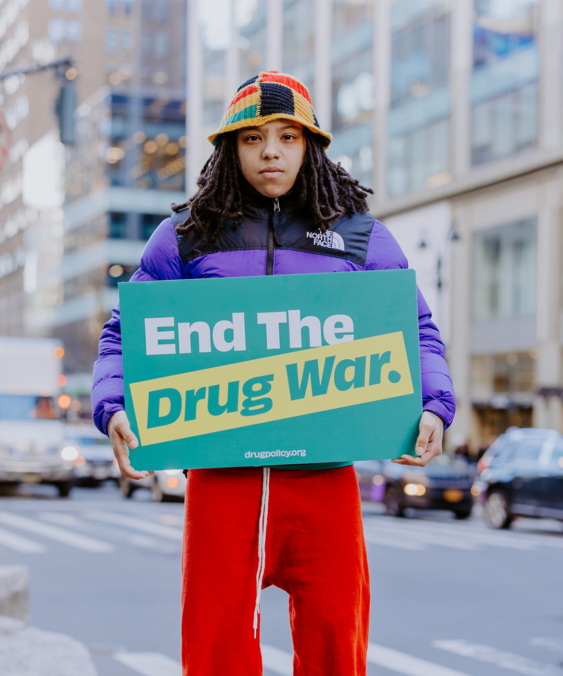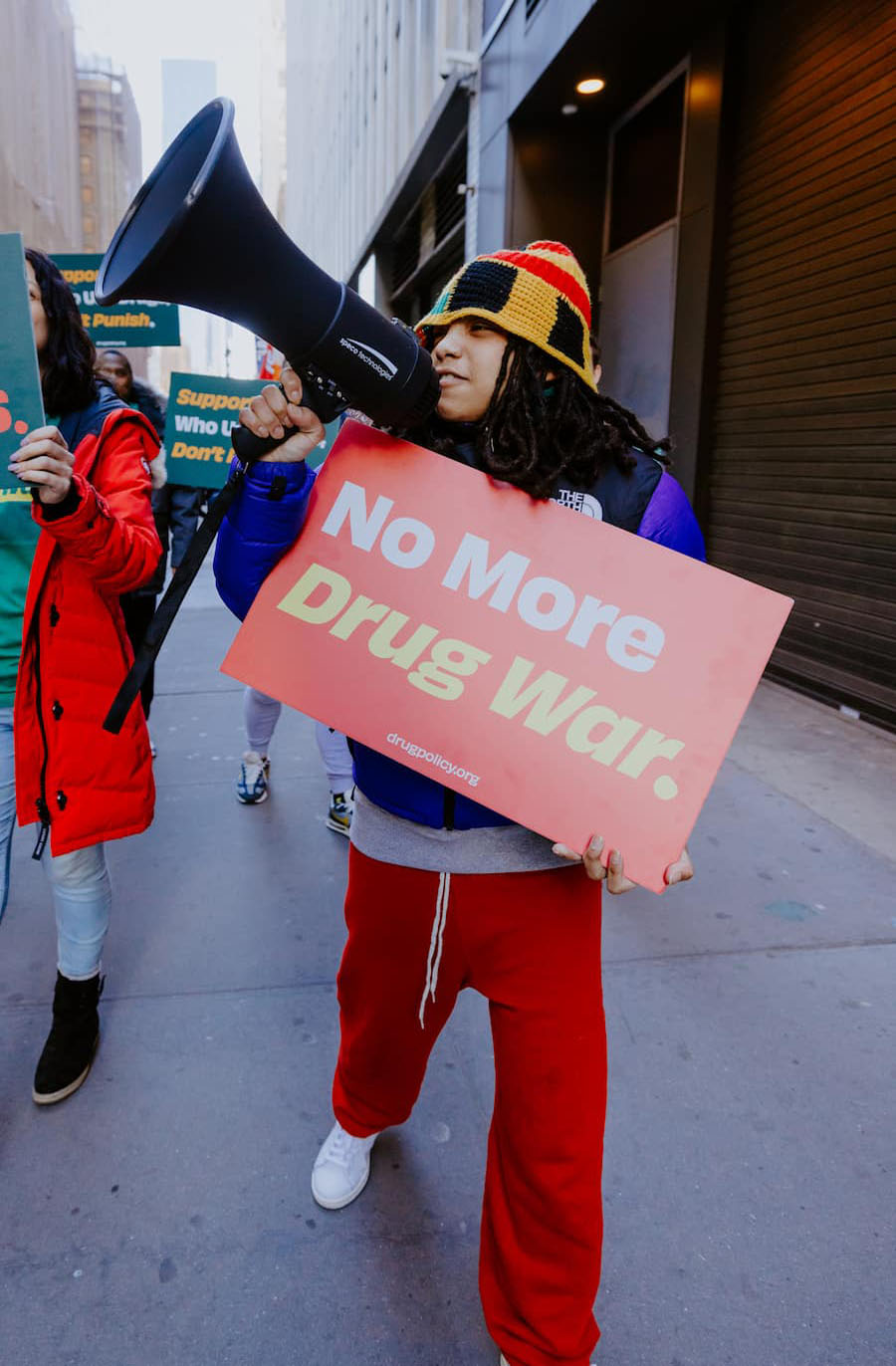
<p>
Meghan Ralston 323-681-5224 or Grant Smith 202-669-6573</p>
WASHINGTON, D.C. — Today, Gil Kerlikowske, White House Director of the Office of National Drug Control Policy (ONDCP), FDA Commissioner Margaret A. Hamburg, M.D, and other officials released Epidemic: Responding to America's Prescription Drug Abuse Crisis, the Obama Administration's plan to address the national prescription drug abuse and overdose epidemic.
While Kerlikowske presented it as a comprehensive response to an enormous rise in unintentional overdose fatalities – which have more than doubled in the last decade – overdose prevention advocates were dismayed by significant omissions in the plan. Glaringly absent is any mention of a proven, evidence-based intervention called naloxone, an inexpensive generic medication approved by the FDA that rapidly reverses opiate overdose.
The action plan comes with a hefty price tag. ONDCP is requesting a $222 million increase in funding from Congress to implement it. "It's discouraging that the new plan ignores cost effective, proven solutions like naloxone and Good Samaritan 911 policies, while simultaneously calling for hundreds of millions of taxpayer dollars for unhelpful programs like prescription drug monitoring databases. It's described as ‘comprehensive,' but in fact it's insufficient,” said Meghan Ralston, harm reduction coordinator for the Drug Policy Alliance.
States such as New Mexico and Washington have already implemented Good Samaritan 911 policies, a no-cost solution encouraging people to quickly report an overdose to emergency medical professionals without fearing arrest for minor drug possession. Hundreds of college campuses across the country also have similar policies in place.
The Administration's plan heavily relies on the expansion of state-based prescription drug monitoring programs, requiring additional education for physicians who prescribe opioid medications, and reducing the prevalence of "pill mills” and "doctor shopping” through law enforcement efforts.
During today's press conference at the National Press Club, FDA Commissioner Margaret A. Hamburg, M.D., acknowledged that "the use of naloxone is critical. It's one component of a broader strategy.” Yet, this component did not make it into the Administration's plan.
"While the Drug Policy Alliance supports the Administration's efforts to better educate physicians and the public about overdose risks associated with prescription drugs, we are disappointed that a medicine that has already saved so many lives is not mentioned once in this plan,” said Grant Smith, federal policy coordinator with the Drug Policy Alliance. "Greater use of naloxone must be a prominent part of the Administration's comprehensive strategy,” said Smith.
The Drug Policy Alliance's major 2009 report, "Preventing Overdose, Saving Lives”, examines the overdose epidemic and calls for the expansion of evidence-based strategies that can reduce overdose risk, protect medical professionals, streamline government response systems, and save lives.
Link to report: http://www.drugpolicy.org/resource/preventing-overdose-saving-lives
In recent years, state and local health officials have implemented overdose prevention programs to train first responders, parents, and others who may witness an overdose on how to provide rescue breathing and administer naloxone. Similar to CPR or the use of other life saving methods by bystanders, this approach has resulted in thousands of reported overdose reversals. Naloxone has no potential for abuse since it blocks the opioid receptors in the brain, and has been in use for forty years by emergency room physicians and paramedics.
In 2007, the latest year data is available, more than 27,000 people died from unintentional drug overdoses, mostly involving prescription drugs. "The Administration's plan will likely save some lives in the long run, but including naloxone could save many more right away,” said Ralston.

Election Day is around the corner… and we must be prepared to shape the national conversation about drugs. We need 250 donors to come forward before July 31!
